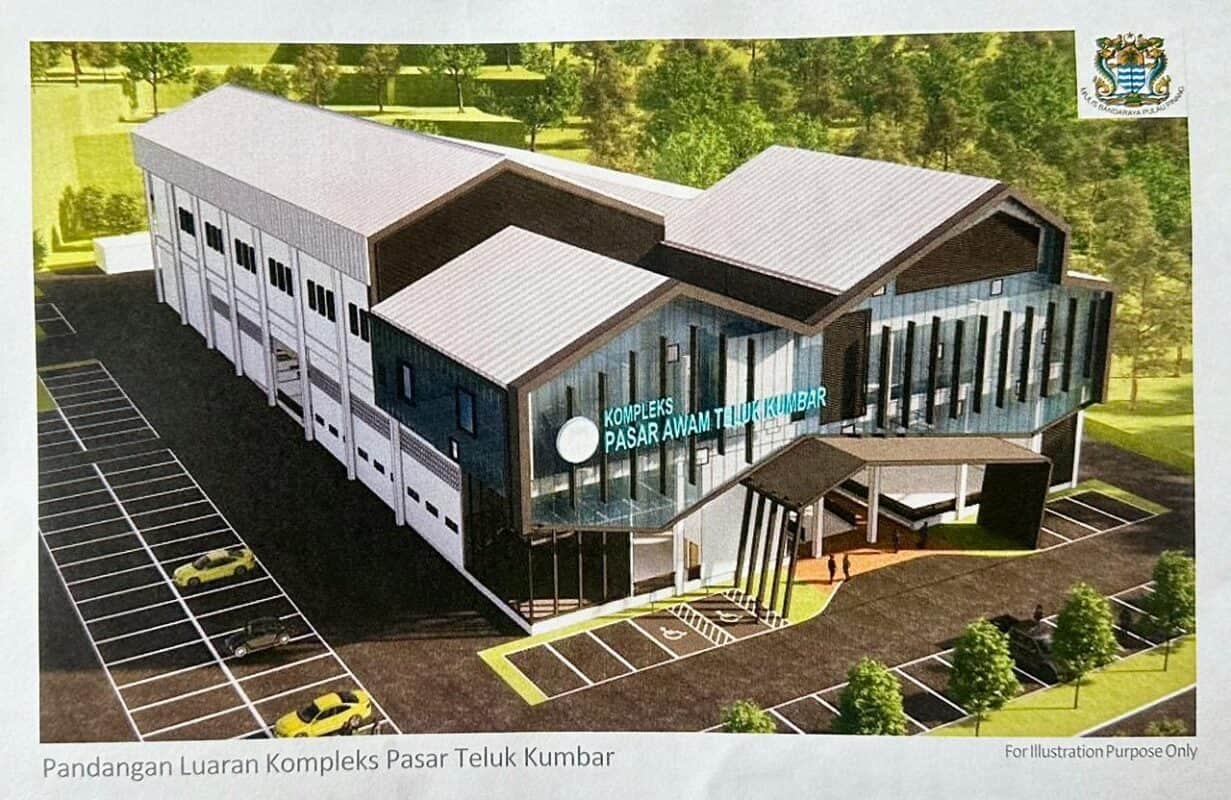printed board assembly enable 3D integration
Printed circuit boards (PCBs) are a vital component of most electronic devices and provide a conductive path for electricity to flow from one end of the device to the other. While PCBs may seem simple enough, the assembly process that goes into creating a fully functioning circuit board is incredibly complex and can cause delays if not executed correctly. The following blog post will explore the types, applications, benefits, and assembly processes of PCBs to help you better understand what makes them so vital in our everyday lives.
Traditionally, an engineer designs a circuit board and sends the design to a printed board assembly company for fabrication. After the board is fabricated, the assembly process begins. The first step in this process is a thorough Design for Manufacture (DFM) check which reviews the board design based on the manufacturer’s guidelines to ensure there are no errors that can delay production and prevent expensive RMAs down the road. Altest utilizes numerous techniques to perform a DFM check including part spacing, pin indications, footprint corroboration, and BOM verification among others. This allows the engineers to identify any initial errors before they become a major issue later on in the assembly process.
After the DFM check, the PCB moves onto the assembly line where it is prepped for soldering. This process includes applying a thin layer of solder paste to the surface of the board. A pick and place machine then mounts components on the board using a preprogrammed system. This can include components such as BGAs, ICs, resistors, and capacitors to name a few. Once the components are mounted, they are then inspected with 2D and 3D solder paste inspection equipment to ensure the proper thickness and amount of paste was applied to the surface. This will prevent any issues with solder bridges or missing paste later on in the process.

How do printed board assembly enable 3D integration in electronics?
There are two primary methods of assembling a circuit board: thru-hole and surface mount. Thru-hole assembly is the older method of mounting components and requires the copper wire leads from the component to be inserted into drilled holes in the PCB. These are then soldered to the pads on the board. This creates a stronger physical bond but can be more time consuming and cost consuming than the surface mount process.
The surface mount assembly (SMT) process is a more modern method that involves placing the components directly on the surface of the circuit board. This can be done by hand, which requires incredible precision, or by automated robotic systems. SMT is generally considered the more efficient approach to assembling a circuit board because it can be done much faster and is better suited for miniature devices.
As the industry continues to evolve, it is important to stay up-to-date on the latest developments and changes. This is especially true during a time when new products and technologies are being released frequently. By staying informed about the latest developments in circuit board assembly, you can make more informed decisions on how to best use this technology in your own devices and those of your customers.








